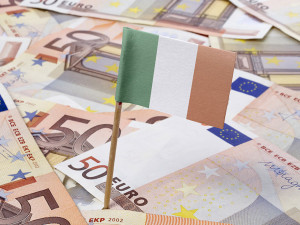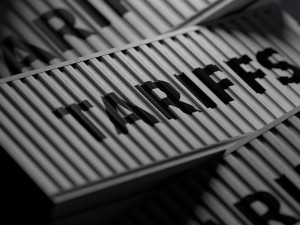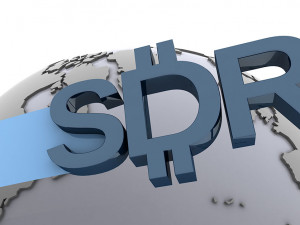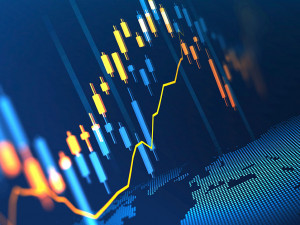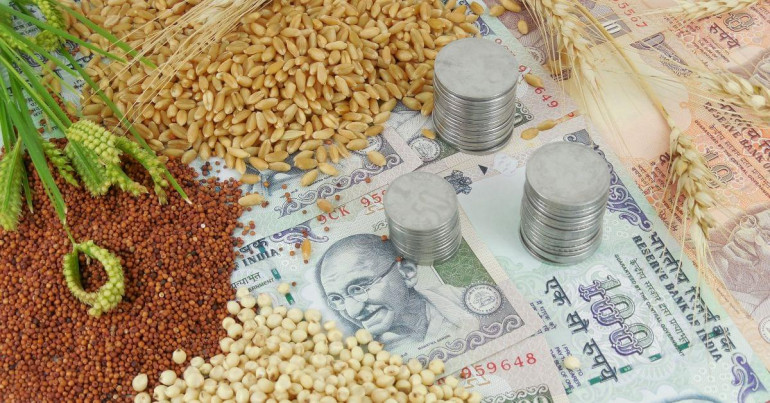
The words “currency” and “money” are often used in the same sentence and clouded together, but there is an important distinction to make between them.
In its simplest explanation, currency is a type of money. Currency takes the form of paper and coins, but money can be anything that is standardised and accepted as a form of payment.
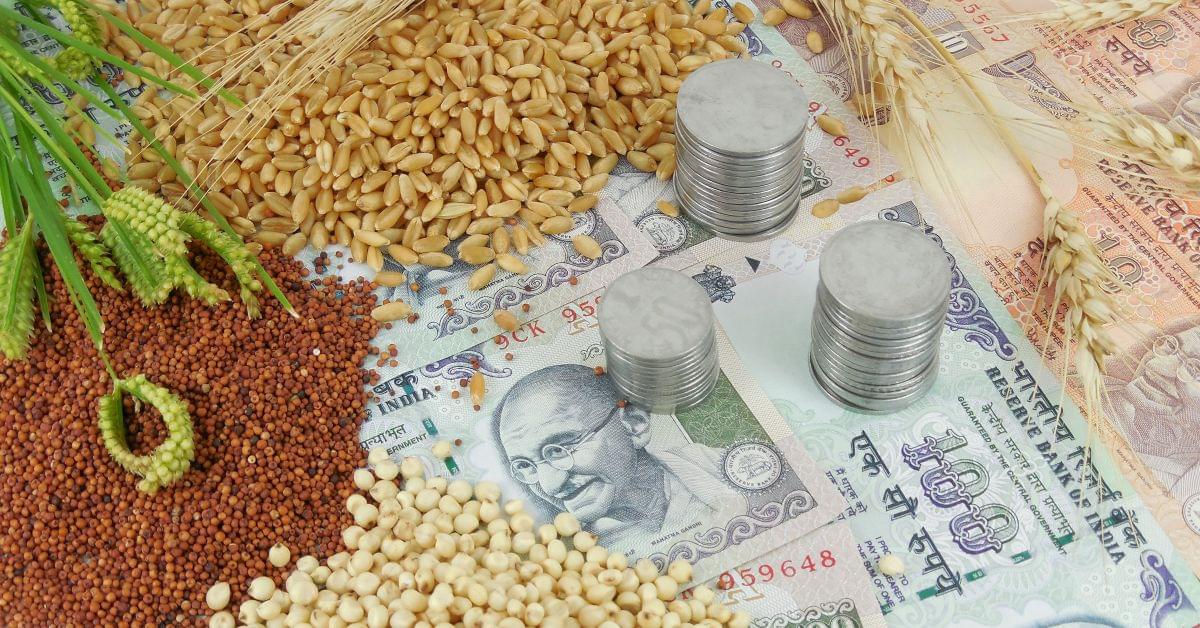
The history of money
In times gone by, people would trade goods like food, materials, and livestock directly with one another. In smaller ecosystems and civilisations, this was sufficient. There was a barter system, and people would trade as well as they could to get the most profit and/or value. However, this did have a few drawbacks, as it meant that trading was limited to the trader, was therefore quite inefficient.
Goods are not always compatible either. For example, if someone wanted to trade wheat for cows, the exchange rate was not exactly clear, as both of these goods have different values for different people.
Commodity money
As society progressed, people began to use commodities to trade, which meant trading as before, but using an abundant but valuable material to trade with. Using a commodity goods was a remedy to the inefficiency, and early uses included skins and corn. This was an ideal way to trade with all other goods, and determine an agreed price. Commodity money was a stepping stone to money as we know it today, as it introduced the idea of a universally understood value, and a value that is applicable to all things.
With the discovery of metals, and the increase in technology allowing people to store and smelt it, precious metals became the perfect commodity. Gold and silver became the first steps into a store of value, which are still used today. Due to the unreactive nature of gold, its rarity, and its attractive and distinct qualities, it fits perfectly as commodity money.
Money as we know it today
While the problem may have been solved with using a commodity, carrying around huge amounts of a commodity is a burden, and also a risk. Precious metals are also heavy, so people began to offer receipts for storing their commodities, which they could carry with them and exchange when required. Goldsmiths would store gold for customers and issue them with receipts for this gold. This is where money, or currency as we know it, began.
The tradition of this exchange can still be found on a Pound Sterling paper note – take a look at the writing on the front, which will say “I promise to pay the bearer on demand the sum of…”. Historically, one could have traded their bank note, or ‘receipt’ for gold, or the sum of this amount in a commodity. But since the Gold Standard ended in 1931 in Britain, banknotes were solidified into fiat currency, which means they are no longer backed by a commodity.
Do we still use commodities?
Commodities are the backbone of the entire world economy – think of oil or coffee. While the world trades with currency most of the time, and in our day to day lives we only use currency to get by, behind the scenes commodities are traded more than ever.
Currency will fluctuate and often fade over time, even fail completely. But as long as there is a need for a commodity, its value will never fade, and often only ever increase. The recent slump in the stock market showed that this still holds true, as many investors took refuge in commodities.
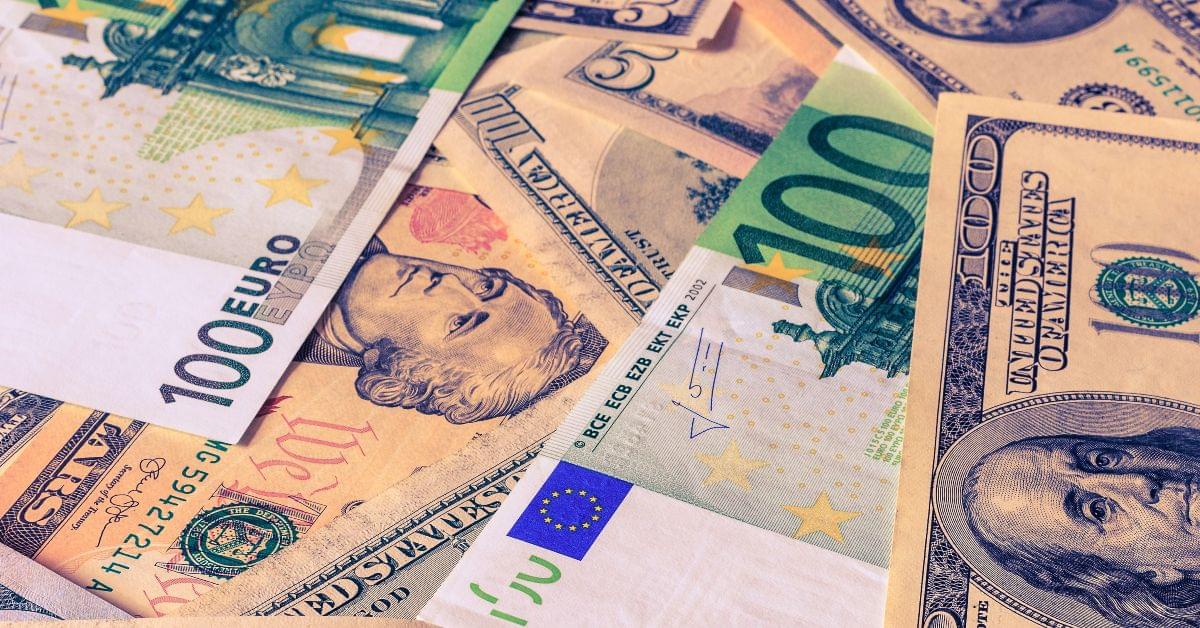
What is currency?
Currency is a numerical form of money, which can be traded as notes, coins and digital currency. Examples of currency are the British Pound, the Euro and the US Dollar. Fiat currency has completely detached from the underlying commodities, and it has no use value, i.e. currency cannot be used for anything but further exchange. This paper money has been so ingrained, that it has come to define value itself, as fiat currencies have existed for most nations for generations.
However, in times of economic turmoil, it becomes very clear the arbitrary nature of currency, as markets can crash overnight for seemingly arbitrary reasons.
Is cryptocurrency the future of money?
Cryptocurrency has also been a very recent edition and is testing the waters of how we think about currency: creating a currency that is traded and stored electronically, with no central bank or government. The volatility and chaos of the cryptocurrency market shows that without a commodity or trust, a currency struggles to become accepted, but it has still challenged the idea of currency, and whether a monetary system needs to be controlled or not.
Why are some currencies stronger than others?
The strength of a currency will come from the belief in the currency and the strength of the economy of the country. This is generally based on the political stability of the region, the strength of business in that country, and the trust in the economy of that country. Following and knowing the strength of a currency can be a huge benefit for international businesses, as the fluctuations between the currencies can cause losses.
Currency vs money: conclusion
While many economists and anthropologists will argue about the true nature of money, it can be summarised that money is simply a form of payment for goods or services. Anything can become money, if it becomes standardised and people agree on it. Paper, coins and digital banking has become the currency we know today, but it is important to remember that this is just one form of money, and in the future, we may use a different form of money entirely.
Another difference between currency and money is that currency is a liability, meaning that it is owed by a central bank or a government to whoever owns the currency. Essentially, currency acts as an IOU for money. Money is an asset, which means that it is a store of value which can be exchanged for other goods and services.
Caleb Hinton
Caleb is a writer specialising in financial copy. He has a background in copywriting, banking, digital wallets, and SEO – and enjoys writing in his spare time too, as well as language learning, chess and investing.
